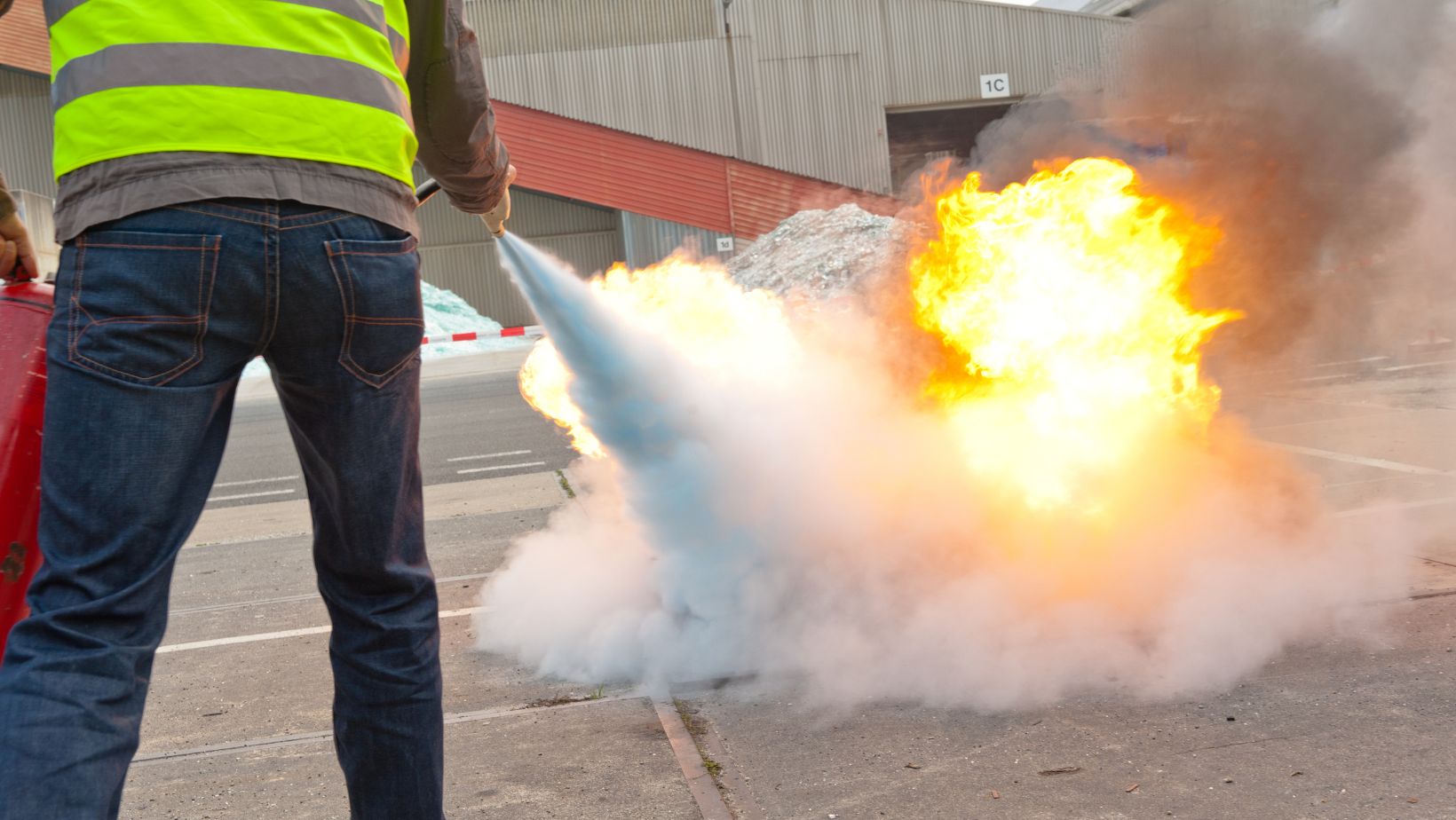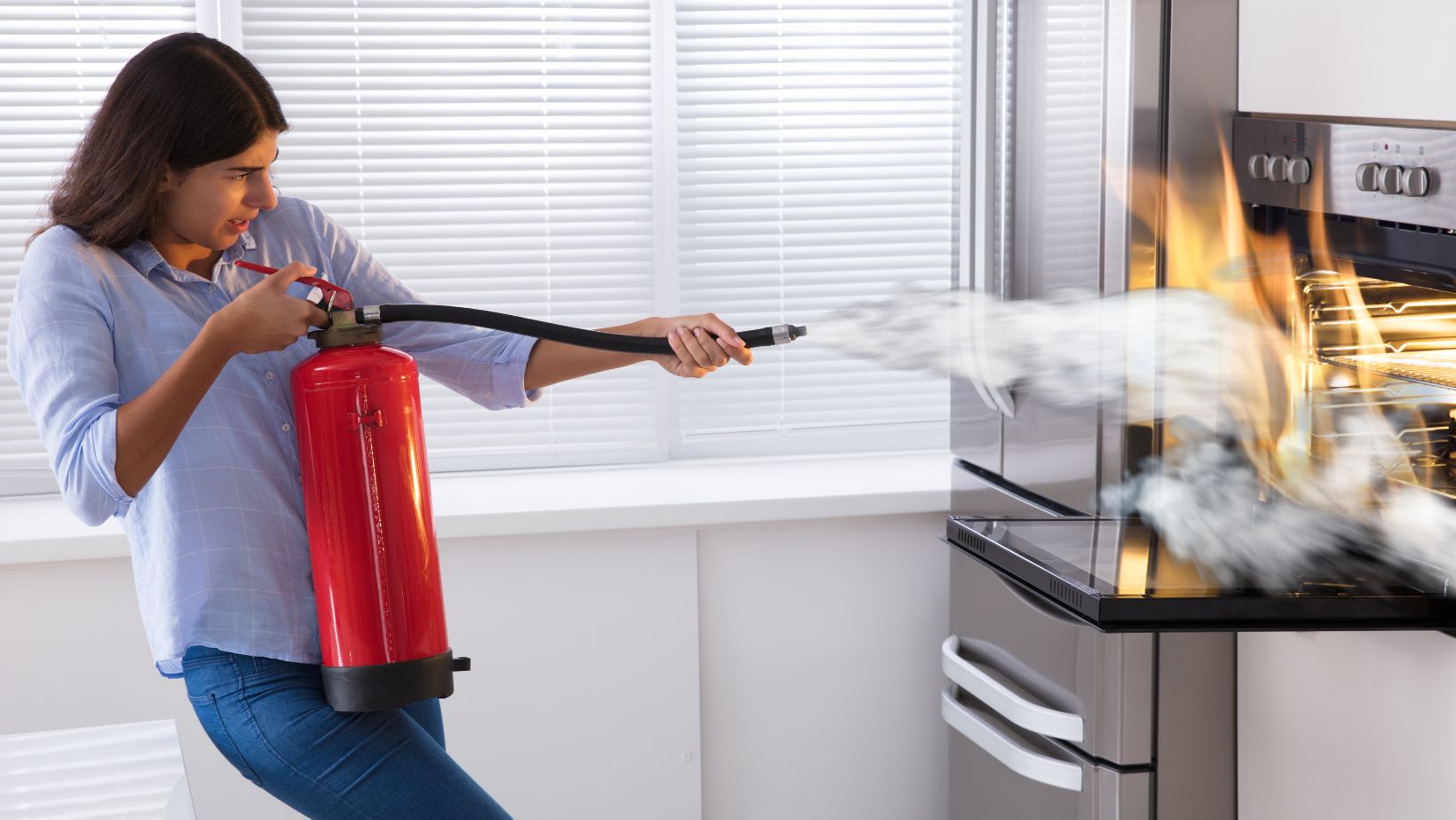Even though traditional sprinkler systems have long been a cornerstone of fire safety, critical infrastructure calls for a more advanced and often automated approach. Facilities that house sensitive technology, such as data centers, telecommunications hubs, and power distribution centers, are especially susceptible to damage from fire and water. Because they offer targeted and less intrusive methods to safeguard vital operations, specialized fire suppression solutions can be helpful in this situation. For minor, localized hazards in these facilities, an automatic fire extinguisher placed carefully next to sensitive electronics or in confined spaces can be a crucial first line of defense. These self-activating gadgets are designed to detect heat or smoke and apply a suppressant as soon as a potential fire starts. Clean agents that leave no residue and cause the least amount of interference with operations are commonly used. Their promptness can be essential in preventing minor issues from developing into major outages.
To maintain the integrity of these specialized systems, important components must be accessible and maintained with care. A well-stocked fire safety box in a noticeable place inside the building is essential. Emergency contact information, facility layout diagrams that indicate the locations of fire safety equipment, replacement parts for detection and suppression systems, and thorough procedures for managing fire emergencies should all be stored in this central repository. The location and contents of the box should be known to every employee, and it should be routinely checked to ensure that it is well-stocked and easily accessible. Prompt access to the right tools and information during a crisis can significantly impact response efficiency and downtime reduction.
For larger areas within critical infrastructure installations, total flooding systems with clean agents are usually the suggested choice. These devices rapidly release a gaseous agent, such as an inert gas or a halocarbon substitute, throughout a small space. By reducing the oxygen content or disrupting the chemical process of combustion, the agent quickly extinguishes the fire without causing harm to sensitive electronics or leaving behind dangerous residues. Throughout the design and installation process, meticulous planning and strict adherence to standards are required to ensure the effectiveness of these systems and worker safety. Airtight sealing and suitable ventilation shutdown are necessary for the system to receive the necessary concentration of the extinguishing agent and effectively extinguish the fire.


